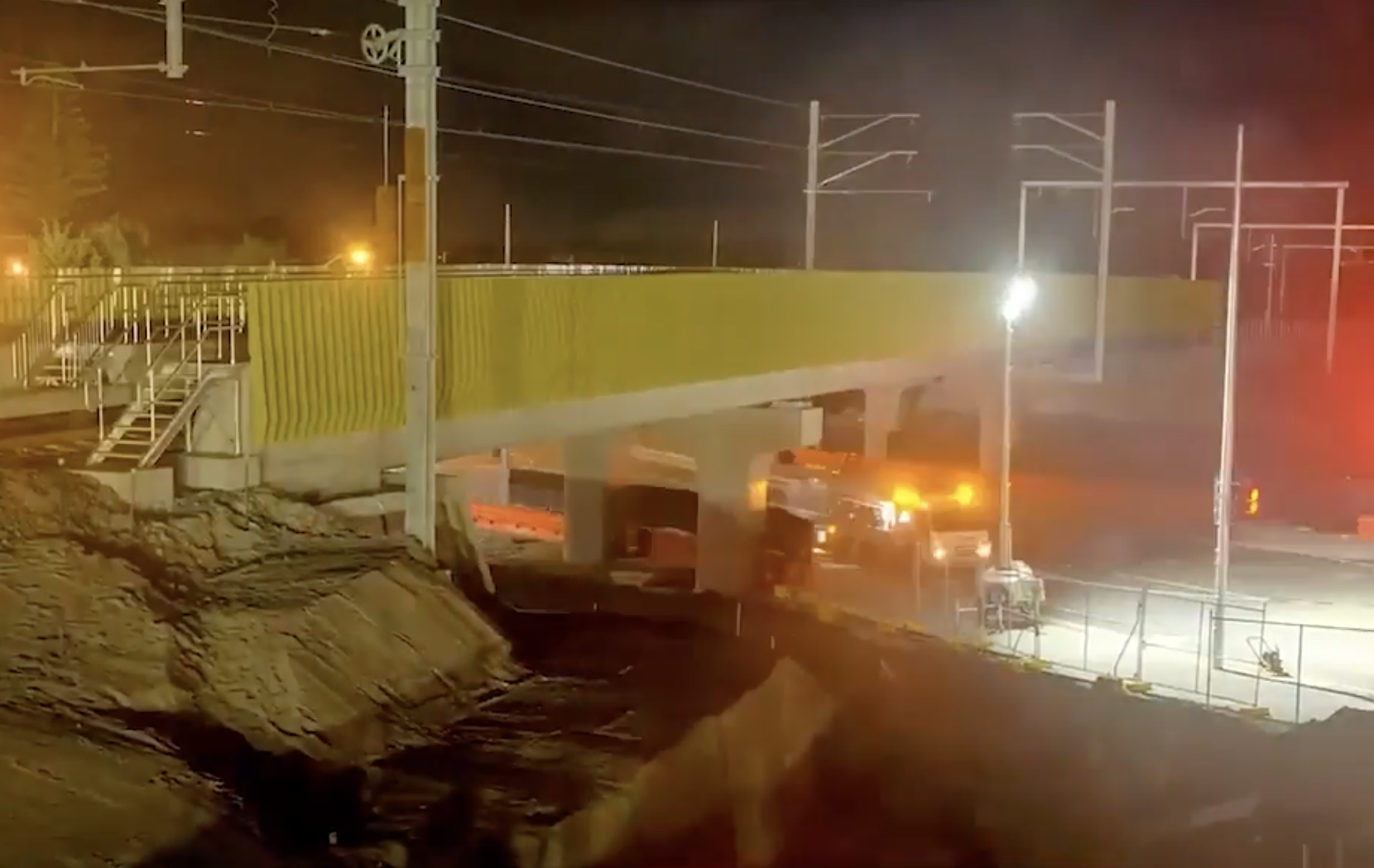
Victoria’s $18 billion level crossing removal project is being used as a catalyst for transformation in the construction sector, courtesy of a knowledge-sharing and ‘smart search’ tool that could increase opportunities for accessing and reusing knowledge gained from prior works.
Director of research and innovation on the level crossing removal project (LXRP) David Murphy told last month’s Micro Focus’ Universe 2022 conference that the program office is building out its knowledge-sharing tool on Micro Focus’ IDOL technology, which is used to analyse large unstructured datasets.
The LXRP is a 10-year program of works that will see level crossings – intersections of road and rail – removed or replaced with under- or overpasses, as well as upgrades to stations and other civil works.
The work is being undertaken by five regional “alliances” that comprise government and transport authorities, as well as certain construction and engineering partners.
The scale of the task – which involves 85 level crossings across metropolitan Melbourne – means it collectively involves just about every major construction firm and consultancy in the country.
Each partner has its own set of corporate IT systems as well as specific “alliance” systems used for their slice of the LXRP work.
“We’re pretty much partnering with almost the whole landscape of major consulting and construction partners,” Murphy told the conference.
“This collaborative contracting model allows us to learn and get better, and we’ve got special contracting arrangements that encourage innovation and improvement.
“However, one of the things we discovered was that between these various units we were seeing barriers. What we’ve been trying to look for is ways to unlock the sharing across the silos.”
Murphy said that although each level crossing replacement is different, there are enough similarities between works that some knowledge-sharing between alliances and construction partners is considered valuable.
“While aspects of what we do are unique to each location and each station we deliver, many aspects of what we do are repeated, so we’re trying to bring a program mentality to how we approach our works,” he said.
“Our challenge was that we’ve got a lot of systems with our knowledge spread across all of them, with each needing their own unique searches or access methods.
“If that’s the challenge in the knowledge space, the opportunity we see for our program is to bring a ‘manufacturing mindset’ of … how do we learn from what we’ve done before and apply it to the projects? How do we take what another team’s done and adapt it to our project? How do we start to look for opportunities to standardise and streamline what we do?”
Murphy noted there is pressure to complete work efficiently owing to its potentially disruptive nature to transport networks, and said knowledge sharing enabled to date is part of the reason the LXRP is “ahead of schedule and under budget”.
The ultimate goal of the IDOL-based knowledge-sharing platform is to capture and connect all program-related data and make it easily searchable in a way that will benefit all participants.
Murphy is particularly keen to have the program’s knowledge and content as easily searchable as Google is to the web.
He said IDOL was successfully piloted before the agency moved into delivering it as a production-use tool.
“Some high priority knowledge repositories” – such as a business process management system, intranet, extranet and ‘engineering hub’ – have so far been integrated and made searchable.
However, the real gains are likely to come from future integration works.
“The next aspects are really some very important document repositories which will unlock a lot of that efficiency gain we believe,” Murphy said.
These systems include InEight’s TeamBinder, which houses “technical documents, drawings and official documentation”, and a separate government repository of information and documents.
“We’ve got to connect up all the knowledge sources and show how that can be done, make that seamless for a user, and show how we can optimise it with a powerful search tool,” Murphy said.
“We’re at the basic level of getting things plugged in – but that’s already unlocking value.
“If our challenge [now] is getting people to go look for information, the next challenge will be getting them to store the valuable information.”
But Murphy said there is also an aspiration “to go a lot further and support the transformation of the [construction] sector and improve how we do things.”
“We’re trying to leverage our program to change a sector,” he said. “This is one example of how we do it.”
“We’re very optimistic that this is going to be a step change in how things are done in one of the last megasectors to really digitise and change.
“It’ll benefit not only us but more broadly taxpayers and the people of Victoria.”








